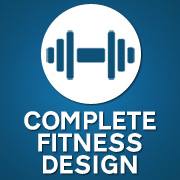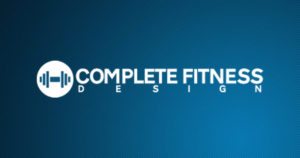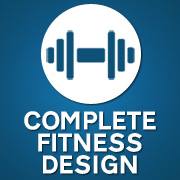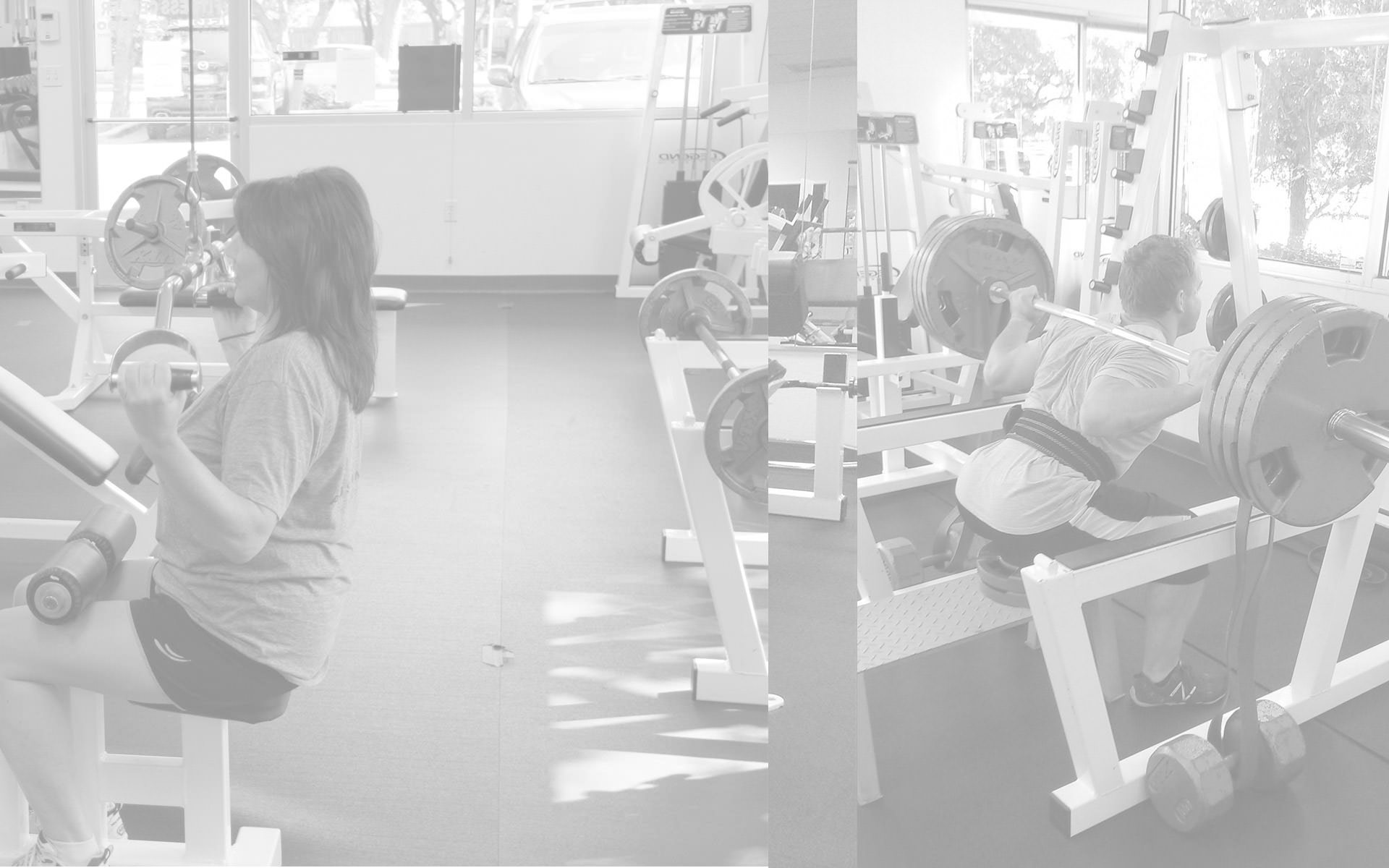Is Stretching Important?
At best, the topic of stretching has long been a topic of debate among personal trainers, physical therapists, coaches, and so on. In actuality, it’s been a very divisive subject for years with some camps saying that stretching is unnecessary, while others insisting there is great value in stretching, and then, in the middle, those who were pro stretching, but were at odds with not only others, but science, as to how to go about doing it.
Long ago, when we were youngsters in gym class, we were told to stretch, likely, without the benefit of even the slightest bit of proper technique being demonstrated to us, and further likely, without any explanation as to why we were contorting ourselves into these uncomfortable positions in the first place. It wasn’t like it felt overly good or seemed beneficial.
For many years, as long as dodge ball and kickball were the best part of your daily educational experience, the thing you looked forward to most, save for the dismissal bell, while you slogged your way through multiplication tables, the Catcher in the Rye, and a messy art class, that never quite yielded the objectified results, you and I were stretching. We stretched and we stretched our way through the 70’s, just as we were told, by the gym teachers in their Adidas track suites with the worn out square protrusions from their half empty cigarette packs. We would bounce up and down, rotate from side to side with a ricochet effect, once you hit the end of the left, straight back to the right side. We would bob up and down with alternate toe touches, and we would try with the outward mightiest of efforts to reach our toes, though we never quite knew why, we did as we were told.
Stretching eventually evolved from that seemingly medieval period of kinesiology, to an era where kids, as well as athletes, personal trainees, etc, were now instead of being taught to bounce like a super ball, twist with great gusto, and reach for our toes as though they were the stars, into a new form of stretching, known collectively, as static stretching. Static stretching is a stretch that one holds from anywhere between a few seconds, and a few minutes. The fundamental reasoning behind static stretching, is that if you give the muscle enough time in a stretched position, it will release from it’s tight and imbalanced state.
Fast forward another decade or 2, and we have the collective brain trust telling us that static stretching is a bad idea, especially before a competition, or sporting event, as it will sap strength from the affected muscle, thus putting the athlete at a competitive disadvantage, as well as putting them in a position of an increased risk of injury. So if the 70’s era of bounce, dip, and reach until you tear something, is out, and static stretching is out, then what is one to do? Naturally, reverse your thinking on static stretching.
New studies, in fact, over 200 of them, have come to light, suggesting that static stretching is just fine. If you hold a stretch with the quadriceps, for example, for less than 60 seconds, rest a minute or so, and then used the aforementioned muscle group in competition, no side effects such as fatigue, weakening, etc, were present. Those negative side effects were only seen in cases where the athletes held the stretches for more than a minute, and then immediately commenced playing, or competing, with no other warm up, or cool down activities following.
Outside of laboratory experiments, I can assure you, as gym owner and an Austin personal trainer of more than 20 years, that people are highly unlikely to hold stretches for more than 30 seconds at a time, unless specifically instructed to do so. Thankfully, all the research and studies are indicating that if you are stretching any singular muscle for 30 seconds or so, and follow that up with either a light cardiovascular exercise, or similar basic warm up protocol, the instances of injury, exhaustion, and pre fatigue, are not only greatly diminished, but almost non existent.
I train a lot of clients with great imbalances, and have countless times over the years. Often times, when a client comes to me with low back pain and has had a bi lateral hip replacement, for example, corrective flexibility training is at the forefront of my approach. Basically, that means I will fix all of the imbalances through myofascial release techniques in order to build a foundation from which to build that client towards their goals. One huge component of that corrective flexibility process, is stretching. If the client doesn’t regularly and properly do their assigned homework, consisting of all of the stretches I showed them how to do, progress will be limited, at best.
Like anything in the health and fitness world, fads, diets, exercises, and theories come and go. At the end of the day, we are left with the tried and true fundamentals and whatever variances of them are contained within our imaginations. That means a different grip on a bench press, or it could mean incorporating a yoga move into your stretching routine. Ultimately, for most of us, who aren’t competing at any world class level, and even for those few that are, it all comes down to feel. If you put your mind to it, and feel what you are doing, you will likely be able to tell if a certain stretching technique, or any other exercise, supplement, warm up protocol, etc, is helping you, or is simply hindering you.
Ready to Get Started?






